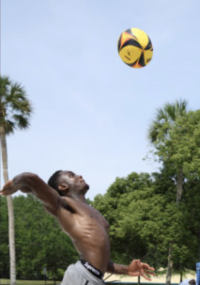The lack of positioning holes does not mean that a grip can't be attached. There have been grips in the past that didn't rely on positioning holes.From the TDP review: "Is battery grip available for the Canon EOS R7? Unfortunately, no, and the grip positioning holes are not provided." That certainly suggests your bet on the future release of a grip for the R7 would be unwise. One more piece of evidence that the R7 is not the 'pro-grade' 7-series camera for which some were hoping.
Upvote
0

